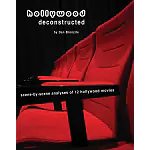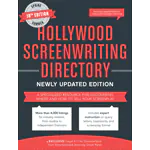Tag: creative
Remember the Golden “Rule of Three” for Writing
I know some of you writers out there – yes, you know who you are -- don’t like rules and formulas and are ruthlessly resistant to following any kind…
Conflict is the Key to Writing a Good Story
Nothing in life is easy, so why should “movie life” be any different? Whether you are writing a drama based on true life events or a science fiction movie…



